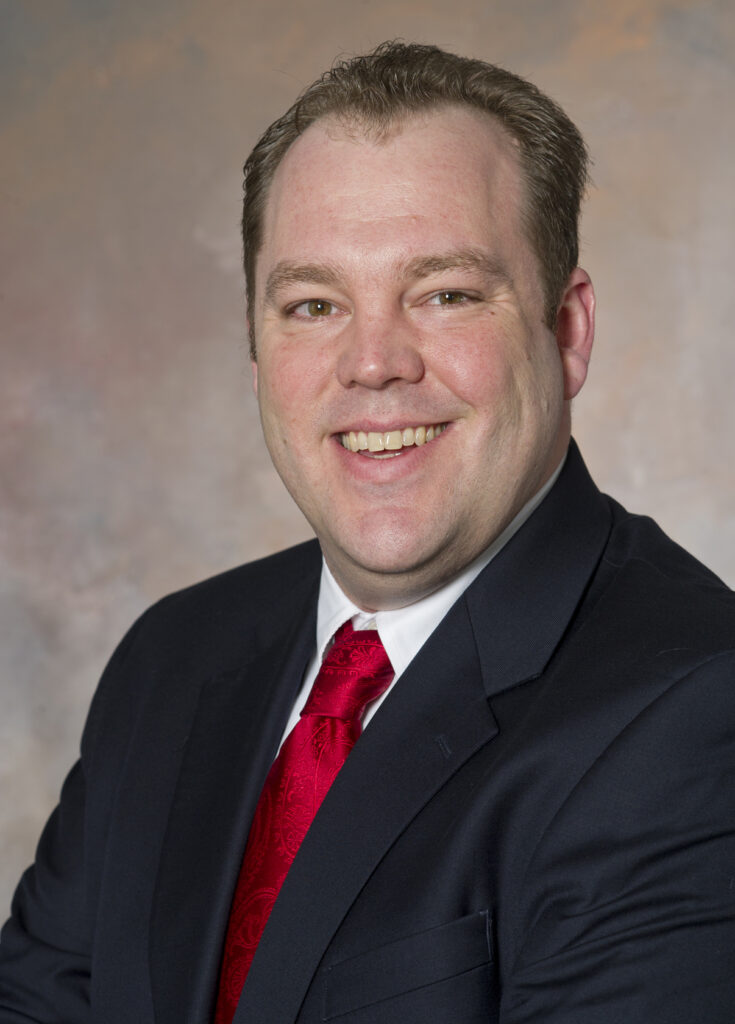July 19, 2022, 4 p.m.
Novel approaches to photovoltaic and photonic power conversion
There is an ever-growing demand for increased power and sophistication in the satellite systems orbiting our planet, driven in part by increasing reliance on high speed communication and data links. Photovoltaics conversion is one avenue that can be explored to meet these challenges, in space as well as terrestrially, with III-V’s being the most promising materials for very high efficiency devices. This talk will give an overview of PV research at RIT, discussing our quantum well multi-junction approach and specific results using superlattices and various light management schemes. I will also discuss our work on a new type of three-terminal, monolithically integrated device that combines both power generation and optical communication. Our recent results show the capability for either photovoltaic or photonic power conversion (using both GaAs and InP based systems) combined with electroabsorptive modulation of data signals at 1.55 μm for simultaneous free space optical communication and energy production.

Dr. Seth Hubbard is currently Professor of Physics and Microsystem Engineering at the Rochester Institute of Technology as well as serving as Director of the NanoPower Research Laboratories. He is an expert in III-V materials growth and III-V optoelectronic devices. His team of graduate students and research scientists work on the epitaxial growth, device fabrication and related characterization of various solar and energy harvesting devices. He has authored or co-authored over 200 journal and conference publications on electronic and photovoltaic devices and received an NSF CAREER Award as well as the Rochester Institute of Technology Trustee’s Scholarship Award. Dr. Hubbard serves as an Editor of the IEEE Journal of Photovoltaics and was general chair of the 47th IEEE Photovoltaics Specialists Conference in 2020. Dr. Hubbard received his Ph.D. in Electrical Engineering from The University of Michigan Ann Arbor studying high power GaN and AlGaN heterojunction field effect transistors.
